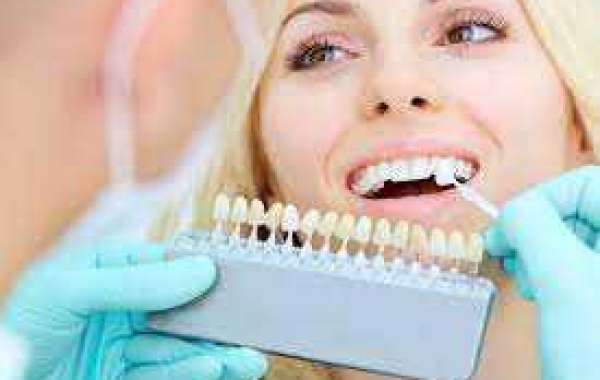The Different Types of Teeth Whitening
Whitening 1 is a chemical process that removes stains from teeth. It can be done in the dentist's office, but many people choose to do it at home by either using whitening toothpaste or mouthwash. The dentist will use a bleaching agent like hydrogen peroxide, carbamide peroxide, calcium hydroxide, potassium nitrate, or sodium perborate to remove stains from teeth. However, there are three different types of home-use systems for whitening 1, and all work differently so you should consult your dentist before choosing the one that is right for you.
A dental professional can perform teeth whitening 1 in their office with an electric light unit. One type of device uses heat to activate a special gel which then interacts with oxygen in the air, breaking down stain molecules on contact. Another type of light system uses blue LED lights combined with a laser which activates oxygen molecules already present in the patient’s saliva (teeth whitener gel is not used). Yet another system is not based on light; instead, an electric current from metal ions (zinc oxide) reacts with water inside your teeth producing oxygen molecules that break down stain molecules on contact.
Ultimately, it’s best to talk about any decision with your dental provider as they are aware of what type works best for you!
The Benefits of Teeth Whitening
Teeth whitening is a common cosmetic procedure that can be done at home or in a dental office. It is recommended to have the procedure done by a dental professional because they have the skills to ensure that your teeth are not damaged during the process.
The benefits of teeth whitening include making your smile brighter, improving self-confidence, and decreasing sensitivity for those with sensitive teeth.
#1 The only way you can get a whiter smile from whitening 1 is if you first change your diet so it includes foods rich in calcium, vitamin C, and phosphorus such as milk, yogurt, oranges, green vegetables, and dark fruits. Otherwise, using some type of over-the-counter product like toothpaste or gel will help keep your teeth looking cleaner between visits to the dentist. #2 The cost of whitening 1 varies depending on where you live and what type of procedure is best for you. If you want an even brighter smile but do not want to pay too much money, over-the-counter products may work well enough for you without having any adverse effects on your gums or teeth.
How to Choose the Right Teeth Whitening Method for You
Whitening 1 is a popular way to lighten teeth, but there are several different ways to achieve this result. Bleaching, whitening strips and trays, in-office treatments, and over-the-counter kits are all effective at whitening 1. The first step in choosing the right whitening method for you is determining whether you have sensitive teeth or not. If so, consult your dentist before making any purchases because it's best to use a technique that's not abrasive on the teeth and gums. There's no point in purchasing an expensive product if it can't be used without causing damage.
The next thing to consider when deciding which form of whitening 1 works best for you is how much time and effort you want to put into the process. Some people don't want to spend too much time doing something as menial as bleaching their teeth, while others find that they're willing to put more work into getting whiter teeth. Depending on how bad your tooth coloration is will also determine how long each treatment will take before noticing a difference; the more severe the problem, the longer each session might take. Visit Dentista for more information.








